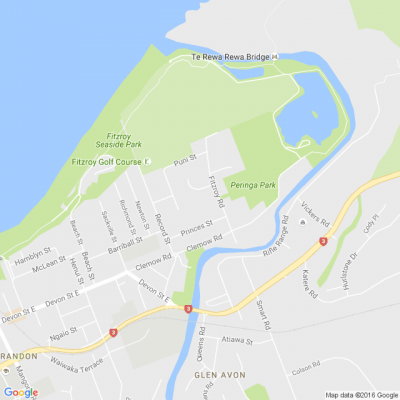
Know what’s happening
Access the private noticeboard for verified neighbours near you. Keep informed about any suspicious activity, send urgent updates to your neighbours when required and discuss emergency planning.
Get to know your neighbours
Browse the directory and start getting to know your neighbours. Don’t want to post to the whole neighbourhood? Send a private message.
Buy, sell and give away
Want to declutter your garage? Buy some used household items? Give away some garden stuff? Become a verified neighbour to browse and post items for sale. Trading is simple when everyone lives nearby.


Looking for a tradie?
Check out our business directory and keep it local!

Thank you for using Neighbourly
You may receive an email confirmation for any offer you selected. The associated companies will contact you directly to activate your requests.
Small business in New Zealand is a big deal. So Stuff, in association with Neighbourly, wants to know what small business thinks about the big issues.
This survey will only take a couple of minutes, but will help us understand the challenges and opportunities for our little big businesses. … View moreSmall business in New Zealand is a big deal. So Stuff, in association with Neighbourly, wants to know what small business thinks about the big issues.
This survey will only take a couple of minutes, but will help us understand the challenges and opportunities for our little big businesses. We'd love you to be involved.
Plus complete the survey and you're in the draw to win a $100 supermarket voucher to treat you and your team to morning tea!
Take the survey

The Team from ACC New Zealand
If you’re a motorcyclist and you take safety training, should you get a rebate on your rego? ACC’s new proposal might reward you.
Learn about all the proposals and have your say at our site by October 25.
Learn more

Glenda from Waitara
Am looking for a mueli for a gentleman with terminal cancer his wife is having trouble finding one please ring me or txt 0277816701 many thanks
Free
Perfect as an animal shelter, utility shed, small vehicle storage or farm and home storage.
Made to required size and can close in, add doors or any other requirements.
Contact me for further information
Rosalie Kalin
027 361 4157
Negotiable
Carole Garnham from Go4iT Travel - Carole Garnham
With the Garden Fest just round the corner I am inspired to talk about a few very famous gardens and a bit of history about their creators. These will be gardens that I thoroughly enjoyed visiting as a keen gardener myself. I am certainly sure, some of these gardens have also provided great … View moreWith the Garden Fest just round the corner I am inspired to talk about a few very famous gardens and a bit of history about their creators. These will be gardens that I thoroughly enjoyed visiting as a keen gardener myself. I am certainly sure, some of these gardens have also provided great inspiration for a few of our local gardens entered into the annual Fest this year. And of which, those who are following the trail will soon get to enjoy when those gates are opened up in a few weeks time.
I would like to start with Monet’s Garden in France. French Impressionist Claude Monet (1840-1926) was a pioneer of a major art movement, but he created a thing of beauty that he believed eclipsed even his own celebrated works of art. In his own words: “My garden is my most beautiful masterpiece.”
Monet’s garden in Giverny spans more than two acres, divided by a road that used to be railroad tracks connecting Vernon and Gisors. On one side of the road in front of the artist’s restored pink stucco house with green shutters is the Clos Normand (the Norman Enclosure) with flowers planted in rows and grouped according to colour, not unlike an artist’s palette. Carpeted with thousands of flowers, the flower garden comes into full bloom in April, with narcissi, daffodils, and tulips as the main blooms, joining violas, pansies, daisies, white cress, and the other flowers that bloom first in spring. Across the road is the ethereal water lily garden, a pond with a bridge painted green instead of the traditional red colour used in the Japanese bridges that inspired it, framed by wisteria, bamboos, maple trees, and Japanese peonies, with nymphéas (water lilies) dotting the pond.
The garden preoccupied Monet for the final 33 years of his life. The explosion of colours in the Clos Normand and the play of light and reflections in the water lily garden inspired him to create 250 paintings depicting various aspects of his beloved sanctuary. This includes the famous Water Lilies series, which formed a 91-metre long installation that can still be viewed in the Musée National de l’Orangerie des Tuileries in France.
Monet’s garden in Giverny is his most famous and most visible, but Monet had always liked gardens. He spent time cultivating the gardens in the properties he had rented in the past (e.g. Argenteuil and Vetheuil), and always chose a house that had enough yard space for him to fill with flowers and potted plants. According to Tucker (1995), 100 of Monet’s 800 paintings completed before he moved to Giverny were paintings of gardens or flowers.
It wouldn’t be Monet’s last clash with the residents of Giverny. In 1893, he purchased a meadow on the other side of the railroad tracks, bordered by a stream called the Ru, a tributary of the Epte River. The meadow contained a small pond which used to be a watering hole for farm animals. He also rented a plot of land on the other side of the Ru.
He wrote the Department Prefect to request permission to install a water trough (prise d’eau) in the Epte to divert water to the pond, promising that it would not alter the level or flow of the river. He also requested to build two wooden footbridges over the Ru to connect the land he owned to the land he rented on either side of the tributary.
Local residents blocked these requests, saying Monet would drain too much water from the river and poison it with his plants, charges which infuriated the then 53-year-old artist. After two tension-filled months, numerous town hearings, and several letters sent by Monet to the Prefect, a lawyer, and a newspaper, the Prefect granted Monet’s requests, paving the way for the construction of the now famous water lily garden.
Monet’s garden design (as well as his Japanese Bridge paintings) was inspired by Japanese design and Japanese woodblock prints (Ukiyo-e) popular with European artists at the time, and which he collected over the years. His impressive Ukiyo-e print collection still hangs in his Giverny home today.
The Water Lilies Series
As his fame and wealth increased, he expanded his home and garden, hiring a construction crew and a team of gardeners in the 1890s. He bought another acre and expanded his water lily pond, and added wisteria, bamboo and Japanese apple and cherry trees.
Monet expanded his house on both sides, with it ending up very long but narrow—40 metres long but only five metres deep. Monet chose the colours and designed the house’s interior to be as colourful as his lovely garden, with a blue kitchen, yellow dining room, and vibrant purple carpets covering the floor of his studio and bedroom.
His wealth allowed him to shower luxuries on his family as well. He started purchasing automobiles and building apartments for his children and stepchildren, and went traveling with his second wife, Alice.
 Loading…
Loading…
Are you sure? Deleting this message permanently removes it from the Neighbourly website.
 Loading…
Loading…

 Negotiable over $399,000
Negotiable over $399,000


 Marketed by Shari Gilbert
Marketed by Shari Gilbert

 Buyer Enquiry Over $775,000
Buyer Enquiry Over $775,000



 Marketed by Thomas Watt
Marketed by Thomas Watt
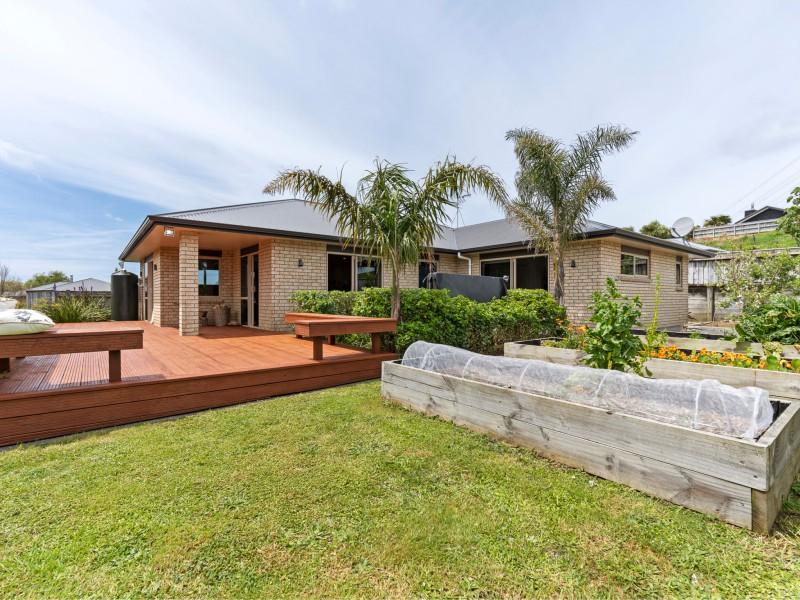
 Buyer Enquiry Over $955,000
Buyer Enquiry Over $955,000



 Marketed by Robyn Burnett
Marketed by Robyn Burnett
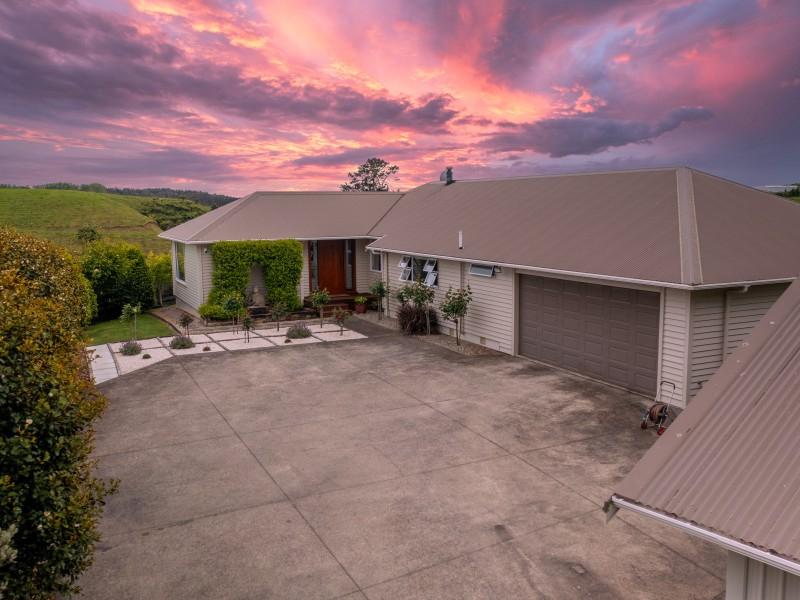
 Buyers $2,150,000+
Buyers $2,150,000+



 Marketed by Cindy James
Marketed by Cindy James

 Auction
Auction



 Marketed by Neale Parkinson
Marketed by Neale Parkinson
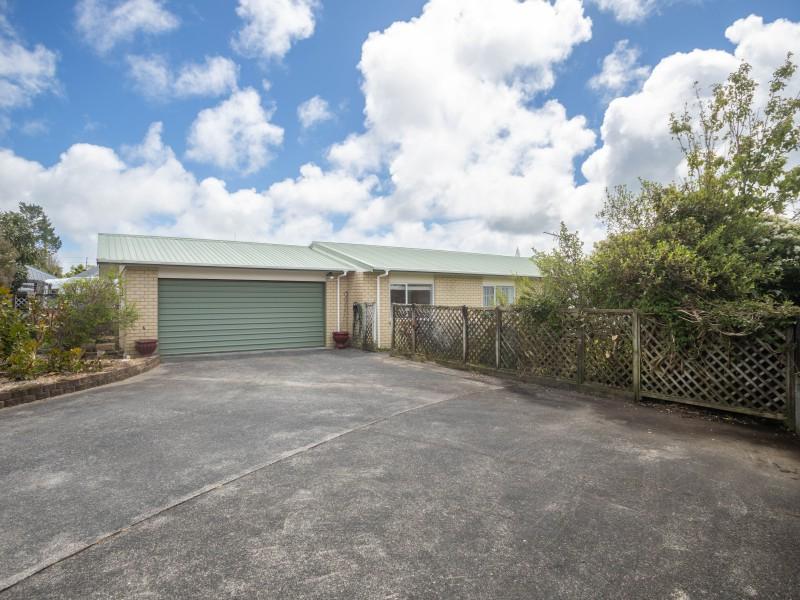
 Negotiable Over $629,000
Negotiable Over $629,000



 Marketed by Kris Rasmussen
Marketed by Kris Rasmussen
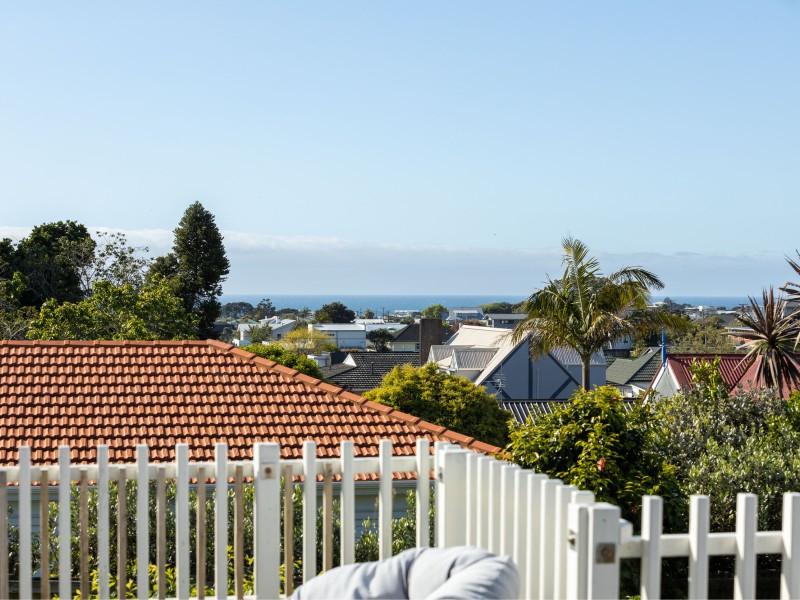
 Deadline Sale By 4pm Friday 6th December 2024 (unless sold prior)
Deadline Sale By 4pm Friday 6th December 2024 (unless sold prior)



 Marketed by Pete Baylis
Marketed by Pete Baylis

 Auction
Auction



 Marketed by Nick Hughes
Marketed by Nick Hughes
© Neighbourly 2024
